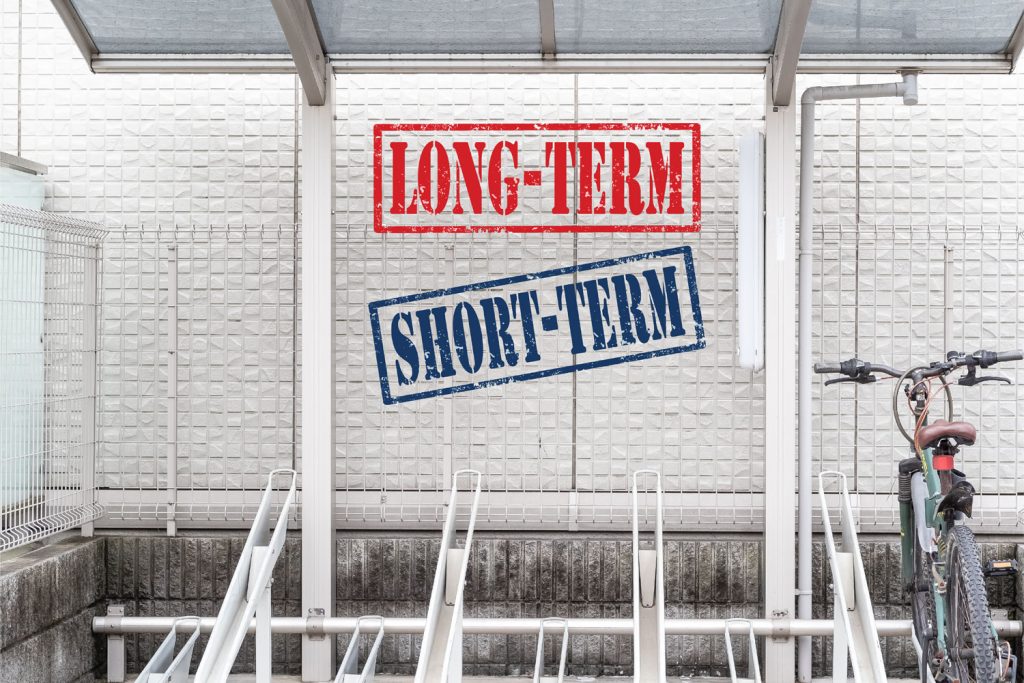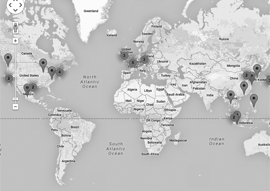Where does the term bikeshedding come from?
“Bikeshedding originates from Parkinson’s observation of a committee organized to approve plans for a nuclear power plant. As Parkinson noted, the committee devoted a disproportionate amount of time to relatively unimportant details — such as the materials for a bicycle storage shed — which limited the time available to focus on the design of the nuclear plant.”
—TechTarget.com
Bikeshedding in your S&OP? What It Means and How to Avoid it
“Bikeshedding” is an uncommon word for an all-too-common occurrence in business planning today. Originally used in the tech space, the term stems from Parkinson’s Law of Trivialities by British historian and author Cyril Northcote Parkinson in the 1950s. Bikeshedding occurs when organizations become hyper-focused on trivial, non-consequential issues at the expense of more important long-term goals. Applying the term to the supply chain world, this natural human tendency to ignore the long-term horizon and focus too much on daily minor details is among today’s most frustrating obstructions to operational progress and sustainable success. In this article, we will explore the differences, similarities, and interplay between S&OE and S&OP, with recommendations for avoiding the pitfalls of “bikeshedding” within these two unique disciplines in modern business planning.
For most organizations, successful supply chains are elaborate ecosystems that employ a steady hand in managing current operations with a clear eye focused on planning for future growth. The two key strategies businesses employ toward achieving this delicate balance are Sales and Operations Execution (S&OE) and Sales and Operations Planning (S&OP). While they might sound similar, these processes serve distinct purposes, each contributing uniquely to the overall success of a company.
S&OE: Reconciling Reality of the Present with a Strategic Plan
Sales and Operations Execution (S&OE) is all about the here and now. Focusing on the tactical, short-term, day-to-day execution of the supply chain plan, S&OE ensures that day-to-day operations run smoothly. S&OE is more meticulous than S&OP, involving real-time monitoring of production schedules, inventory levels, and distribution processes over a 13-week horizon. While S&OP sets the strategic direction, S&OE reconciles the real-time reality against the strategic S&OP plan, addressing immediate challenges and deviations from the planned course. S&OE is very much about finite scheduling of production and materials movements.
S&OE’s primary objectives are:
- Demand Fulfillment: S&OE manages short-term customer demand fluctuations. By closely monitoring inventory levels and production capacities, businesses can adjust their operations in real time to fulfill customer orders promptly and efficiently.
- Issue Resolution: S&OE is instrumental in identifying and resolving operational supply chain issues as they occur. Whether it’s a delay in production, inventory shortage, transportation problem, or supplier constraint, S&OE attempts to mitigate these challenges swiftly.
- Optimizing Resources: By fine-tuning resource allocation, S&OE helps businesses operate at peak efficiency. This involves coordinating activities across the entire supply chain, including procurement, manufacturing, warehousing, and logistics, to prevent bottlenecks and delays in fulfilling customer orders.
- Inventory Management: Optimizing inventory levels to prevent stockouts while minimizing holding costs, inventory management ensures a delicate balance between demand and supply.
- Performance Monitoring: By continuously monitoring key performance indicators to assess the efficiency of operations, stakeholders can identify areas for improvement.
S&OP: Strategic Planning for Predicting the Future
Sales and Operations Planning (S&OP) is a more strategic process designed to align a company’s sales, production, and operational activities, acting as the bridge between high-level strategic planning and day-to-day operations. At its core, S&OP is about creating ONE forward-looking plan that ensures a business’s operational capacities align seamlessly with market demands, corporate objectives, and financial goals. It’s a proactive view into the future to identify risks and opportunities, acting on this information to minimize risk and maximize opportunity. S&OP is about rough-cut planning and ensuring strategic goals are reasonably achievable.
The primary objectives of S&OP include:
- Demand Forecasting: S&OP relies on market analysis and historical data to forecast and predict future demand accurately over a 24-month horizon. By understanding market trends and customer behavior, businesses can anticipate future demands and align their production accordingly.
- Capacity Planning: S&OP assesses the production capacity of the company. By balancing demand forecasts with available resources, businesses can make informed decisions, i.e., scaling production up or down, for example, within an achievable timeframe. This planning includes both internal and external capabilities.
- Financial Alignment: S&OP aligns the supply chain decisions with the financial objectives of the company, considering costs, revenue, and profit margins. By evaluating the cost implications of various production and distribution scenarios, businesses can make financially sound decisions.
- Cross-Functional Collaboration: S&OP encourages collaboration between different departments, breaking down silos within the organization for a unified approach, allowing for alignment towards common goals.
- Scenario Planning: S&OP takes a proactive approach by first attempting to anticipate various scenarios, and then devising strategies to mitigate these risks while capitalizing on opportunities.
The Synergy Between S&OE and S&OP
While S&OE and S&OP serve different purposes, they are not mutually exclusive. In fact, they are interdependent components of a robust supply chain strategy. There is no hard line of demarcation between the long-term strategic horizon of S&OP and the short-term tactical horizon of S&OE. The S&OE process feeds vital real-time data and feedback into the S&OP process, allowing strategic planners to make informed decisions based on current operational realities. Conversely, S&OP provides the overarching framework that guides the day-to-day operations managed by S&OE. These feedback loops enable organizations to adapt their strategic plans based on real-time data and market feedback, enhancing agility and responsiveness.
Don’t Let the Bikeshedding Effect Derail Your Organization’s S&OP Long-Term Planning
What gets in the way of achieving strategic goals in the S&OP process? Typically, it’s the bikeshedding effect, when well-meaning folks decide that near-term immediate issues are bigger priorities than the long-term S&OP horizon. Trying to solve daily execution issues in a monthly process is a classic example of bikeshedding. These “look over here!” immediate distractions won’t have any discernible effect toward improving overall long-term business outcomes; it’s too late for that. Resolving longer-term issues, however, in a timeframe where you haven’t passed that point of no return will produce more effective and positive long-term business repercussions affecting the bottom line without wasted time, financial resources, and workforce effort.
There’s an expression, “…you can’t plan during execution.” If materials have long lead times that aren’t planned for in the S&OP horizon, no amount of chasing in the S&OE horizon can change the laws of physics to miraculously make these materials appear. At the same time, S&OP isn’t execution, and trying to create a finite plan over a strategic horizon will only result in a plan that is precisely wrong. In this bikeshedding scenario, companies don’t reap the full benefits of their S&OP process because they don’t respect and adhere to the intent of each process appropriate to the related time horizon.
In today’s dynamic business environment, a successful supply chain management strategy requires a delicate balance between short-term execution and long-term planning. Don’t become a victim of “bikeshedding” and conflate S&OP with S&OE processes. S&OE ensures that daily operations run smoothly by addressing immediate challenges, keeping the supply chain agile. Simultaneously, S&OP provides a strategic vision to anticipate market demands, optimize resources, and align the supply chain with these strategic objectives and financial goals. By keeping the focus on real priorities over minor issues and leveraging the synergies between S&OE and S&OP, businesses can navigate the complexities of the entire supply chain landscape and market demand with confidence and resilience, driving success both today and well into the future.



